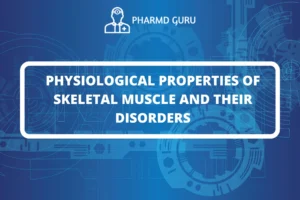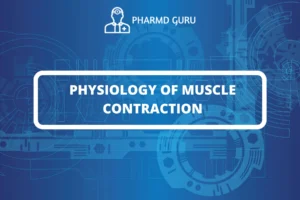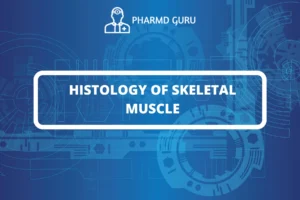Tongue:
The tongue is a muscular organ located in the mouth, and it plays a crucial role in several essential functions, including taste, speech, and swallowing.
SCROLL DOWN TO THE BOTTOM OF THE PAGE FOR ACTUAL NOTES
Anatomy of the Tongue:
The tongue is composed of muscles covered by a moist, pink mucous membrane. It is attached to the floor of the mouth and the hyoid bone. The upper surface of the tongue is covered in small bumps called papillae, which contain taste buds.
Functions of the Tongue:
- Taste Sensation: The tongue is essential for the sense of taste. Taste buds on the papillae are responsible for detecting different tastes, such as sweet, salty, sour, bitter, and umami (savory).
- Speech: The tongue plays a critical role in forming sounds and words during speech. Its movement and positioning against the roof of the mouth, teeth, and other oral structures contribute to the production of different speech sounds.
- Swallowing: The tongue assists in the process of swallowing. It helps push food to the back of the mouth, initiating the swallowing reflex and propelling the food down the throat into the esophagus.
- Oral Hygiene: The tongue’s rough surface helps remove food particles and bacteria from the mouth during chewing and speech, contributing to oral hygiene.
Nose:
The nose is the primary organ of the respiratory system responsible for the sense of smell and breathing. It is also involved in speech and plays a role in filtering, warming, and humidifying the air we breathe.
Anatomy of the Nose:
The nose consists of external and internal parts. The external part includes the visible structure composed of bone and cartilage, while the internal part consists of the nasal cavity and sinuses.
Functions of the Nose:
- Sense of Smell: The olfactory receptors in the nasal cavity detect and interpret different scents, allowing us to experience the sense of smell.
- Breathing: The nose serves as the primary pathway for inhaling air into the respiratory system. As air enters the nose, it is filtered through small hairs called cilia, which trap dust, pollutants, and other particles. The nasal passages also warm and humidify the air before it reaches the lungs.
- Resonance in Speech: The shape and size of the nasal cavity influence the resonance and quality of our voice during speech.
- Immune Function: The mucous membrane lining the nasal cavity contains immune cells that help protect against infections and airborne pathogens.
Conclusion:
The tongue and nose are vital organs that contribute to essential functions like taste, speech, smell, and breathing. The tongue’s taste buds allow us to enjoy various flavors, and its movements help in speech and swallowing. The nose’s olfactory receptors enable us to experience different scents, and its filtering and humidifying functions play a role in respiratory health. Understanding the anatomy and functions of these organs helps us appreciate their significance in our daily lives.
ACTUAL NOTES




